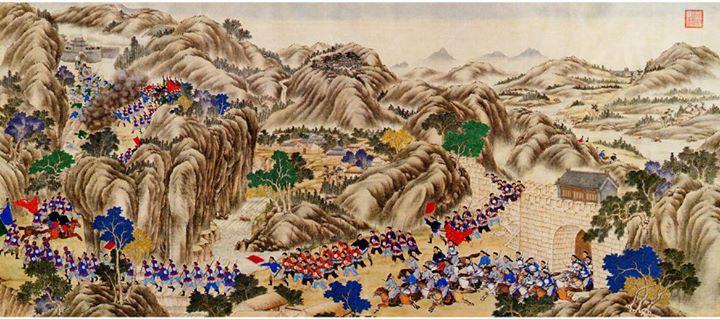1600s - 19th century
Origin of the Kokang
room China

Kokang (now a "Self-Administered Zone") has a particularly interesting history. In the mid-1600s, the Ming dynasty in China was falling fast to the invading Manchus. The last Ming emperor (the Yongli Emperor, better remembered as the Prince of Gui) fled first to Yunnan and then eventually across the border to Ava. The new Manchu "Qing" dynasty would rule until 1912.
The Prince of Gui was followed by many tens of thousands of Ming loyalists, among them a man named Yang Gaosho, who was born in Nanjing in 1622 to an old military family. He followed the emperor to Yunnan and his son later settled in what is now Kokang, clearing the area of bandits and becoming its hereditary chief. Their descendants would rule for over two hundred years, first as the "Heng" of Kokang, then (under the British) as the "Myosa" of Kokang. In August 1947 the British raised Sao Yang Wen Pin to the title of "Saopha". The last Saopha, Sao Edward Yang Kyein Sai, died in 1971.
The people of Kokang speak Mandarin Chinese; like the Han Chinese of Yunnan, they are relatively recent (17th-19th century) migrants to the region. Their presence in modern-day Myanmar is a living relic of the fall of the Ming dynasty and the desperate westward flight of the Prince of Gui. This image shows of the Qing conquest of western Yunnan.
Explore more in Early Modern Myanmar and its Global Connections (1510-1824AD)